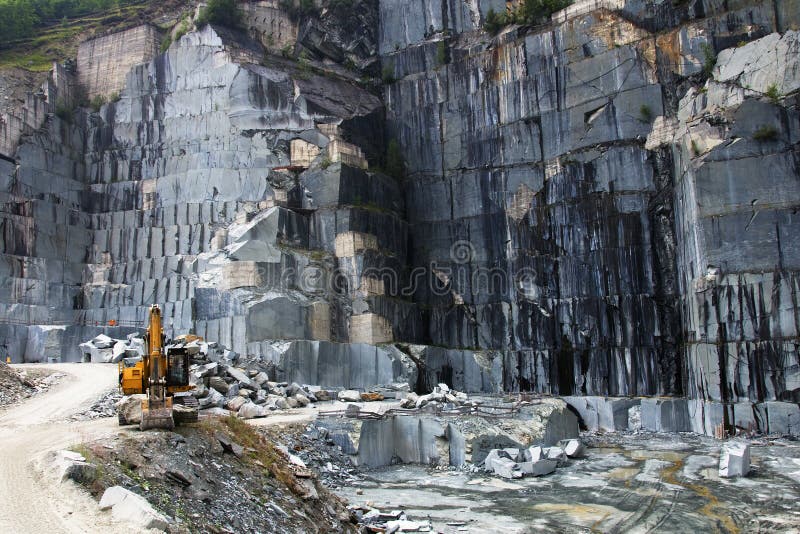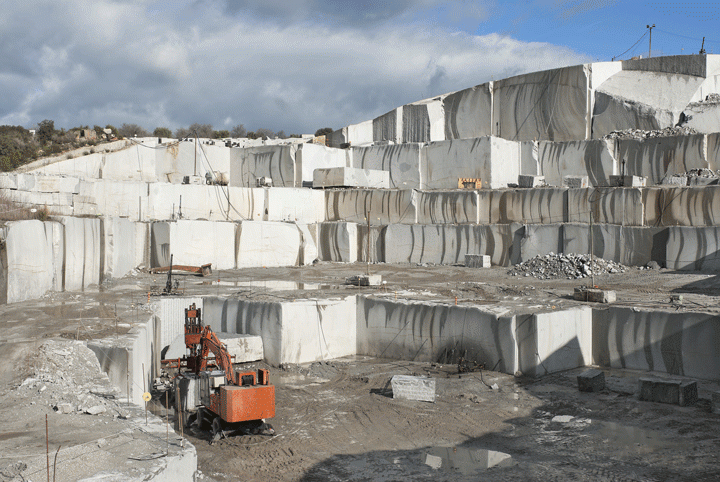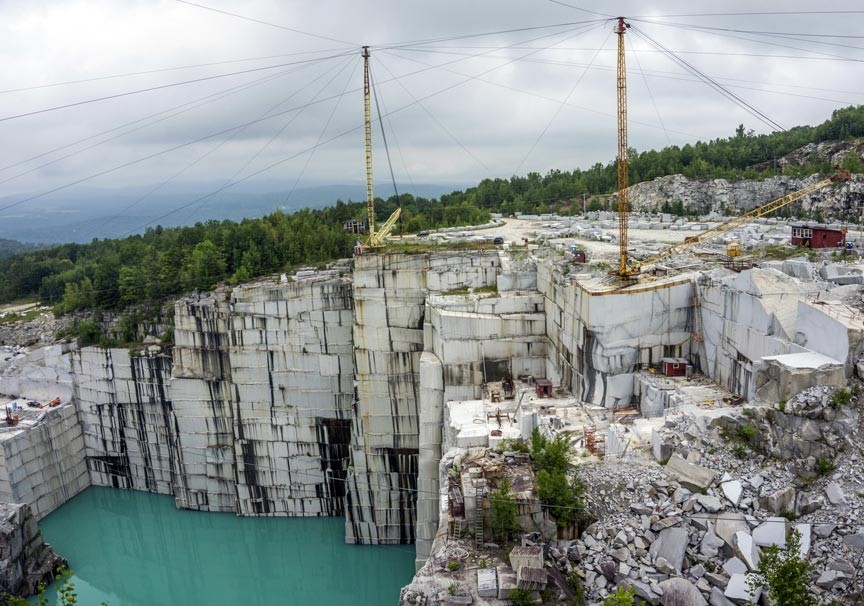Travelling Through Granite Quarries in South Africa: A Visual Odyssey
Travelling Through Granite Quarries in South Africa: A Visual Odyssey
Blog Article
Unveiling the Mysteries of Granite Quarrying: Where Toughness and Style Meet
The globe of granite quarrying is a world where the raw stamina of nature assembles with human creativity to produce frameworks that stand the examination of time with an air of elegance. From the depths of quarries to the thorough sprucing up in workshops, the process of transforming granite into building wonders is a complicated dance of practice and innovation. As we peer right into the midsts of this old craft, we begin to discover the surprise ins and outs that shape the very significance of our built environment.
The Origins of Granite Quarrying
In the record of architectural background, the origins of granite quarrying are shrouded in a tapestry of ancient workmanship and geological wonders. Going back to old Egypt and Mesopotamia, the extraction of granite from quarries marked the beginning of a trip that would eventually bring about the creation of several of the world's most renowned structures.
Granite quarrying's origins can be mapped to the proficient artisans that identified the rock's longevity and aesthetic charm. Via a combination of primitive devices and large decision, these early quarry workers discovered granite blocks that would become the building blocks of human beings.
As civilizations progressed, so did the strategies of quarrying granite. The Romans, renowned for their engineering prowess, established sophisticated approaches for drawing out granite to build monuments, temples, and roads that stood the examination of time.
The heritage of these ancient quarrying methods continues to form modern design, with granite remaining a symbol of stamina and sophistication in construction tasks around the world. (granite quarries in south africa)
Tools of the Quarrying Profession
The advancement of granite quarrying techniques from ancient people to modern times highlights the critical duty played by the devices of the quarrying trade in forming the industry's techniques. In old times, quarrying devices were rudimentary, often containing knives, hammers, and wedges made from materials like bronze or iron. These devices needed considerable workforce and time to extract granite obstructs from quarries.

Furthermore, the introduction of pneumatically-driven tools and high-powered machinery has dramatically lowered the physical labor needed in quarrying operations, enhancing worker safety and performance. As the quarrying market continues to innovate, the devices of the profession remain at the leading edge of driving progress and forming the future of granite extraction.
Drawing Out Blocks of Granite
Using precision machinery and progressed methods, the extraction of granite obstructs from quarries has come to be an innovative procedure in the modern-day quarrying sector. The first step involves identifying the area and size of the granite deposit to identify one of the most efficient extraction method. Once a suitable site is chosen, the extraction process begins with the boring of holes for the positioning of dynamites. Controlled blowing up techniques are then used to break apart the granite right into manageable areas.

Sprucing Up and Completing Methods
To achieve a perfect surface area on granite blocks, knowledgeable artisans employ a series of thorough sprucing up and finishing techniques. After the first extraction and forming processes, the granite obstructs undergo a complete sprucing up phase to improve their all-natural appeal and durability. One usual method made use of in brightening granite is ruby abrasion, where commercial rubies are used to grind and polish the rock to a smooth finish. This process not only produces a lustrous surface area yet also makes certain harmony in shade and structure throughout click for info the granite block.
In enhancement to sprucing up, ending up techniques are related to more improve the granite's appearance. These techniques might consist of flaming, refining, or brushing, each offering distinct appearances and finishes to match different visual preferences. Flaming, as an example, includes subjecting the granite surface area to heats to develop a rough, distinctive finish, perfect for exterior applications where slip-resistance is necessary. Honing, on the other hand, gives a matte surface that is smooth to the touch, best for interior countertops and flooring. By thoroughly choosing and using these polishing and completing strategies, artisans can transform raw granite blocks right into splendid items that display both toughness and sophistication.

Ecological Effect and Sustainability
With the expanding emphasis on ecological consciousness in the market, granite quarrying practices are progressively inspected for their influence on natural resources and lasting sustainability. Quarrying for granite can have substantial ecological ramifications. The removal procedure typically includes making use of heavy machinery, nitroglycerins, and huge amounts of water, leading to habitat damage, dirt disintegration, and water pollution. Additionally, the transportation of granite from quarries to processing centers generates carbon discharges, even more adding to environmental degradation. granite quarries in south africa.
To reduce these impacts and make certain sustainability in granite quarrying, market stakeholders are embracing various actions. Applying sophisticated innovations to decrease power intake and water usage, reclaiming quarried land for ecological restoration, and advertising accountable sourcing practices are some strategies being employed. Accreditations such as the Woodland Stewardship Council (FSC) and the Leadership in Energy and Environmental Style (LEED) aid customers identify environmentally pleasant granite products.
Conclusion
In verdict, granite quarrying is a process that calls for specialized tools and techniques to extract blocks of granite and brighten them to a high level of coating. While the environmental effect of quarrying can be considerable, initiatives are being made to enhance sustainability techniques in the market. Overall, granite quarrying is a fragile equilibrium in between utilizing the toughness and beauty of this all-natural stone while lessening click to find out more its effect on the atmosphere.
Report this page